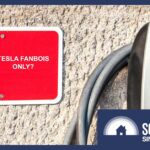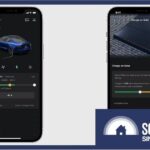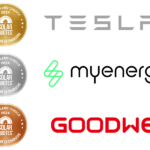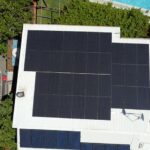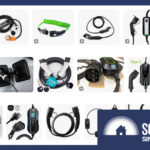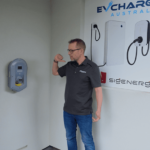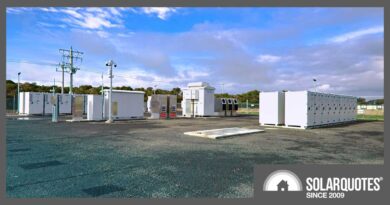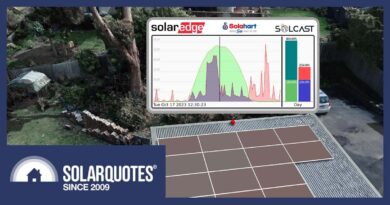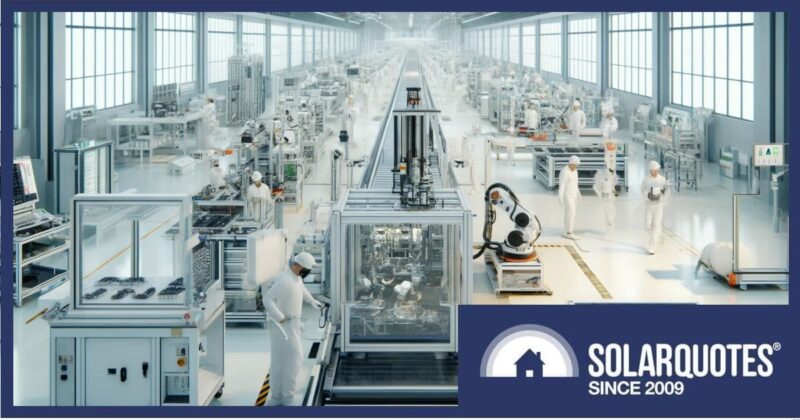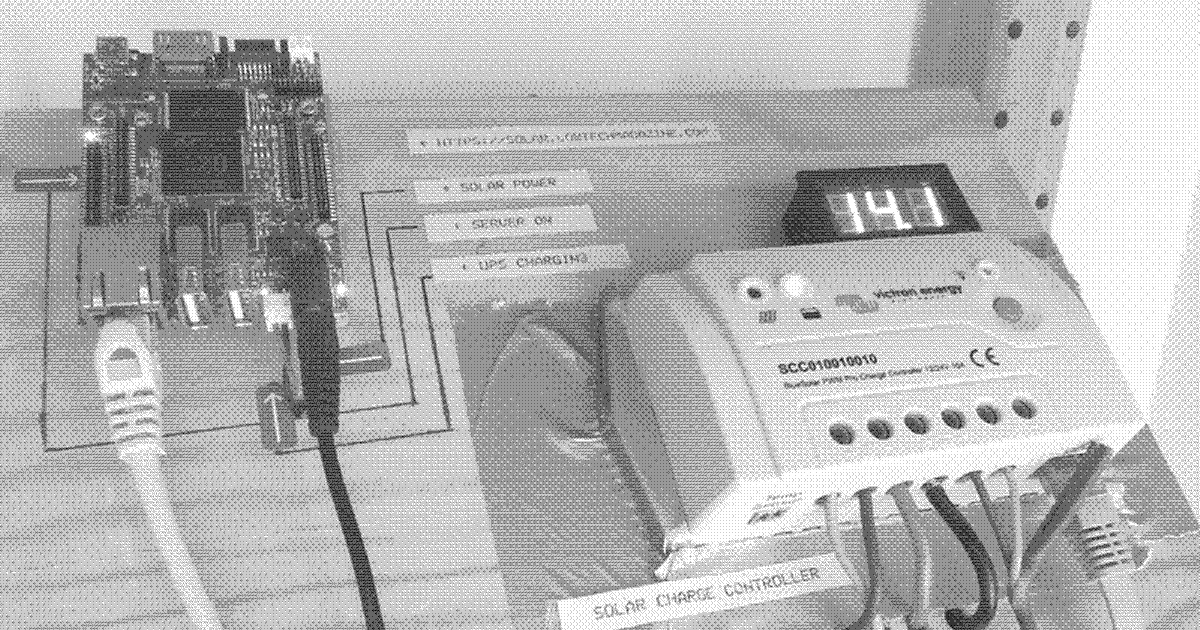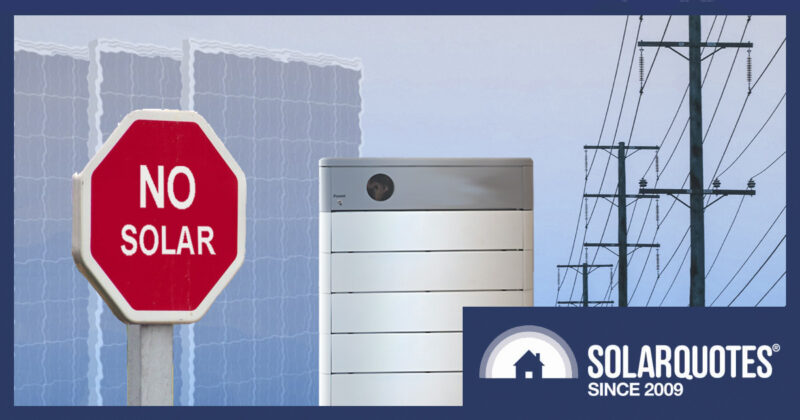Why Tesla’s NACS Connector Won’t Be Adopted In Australia
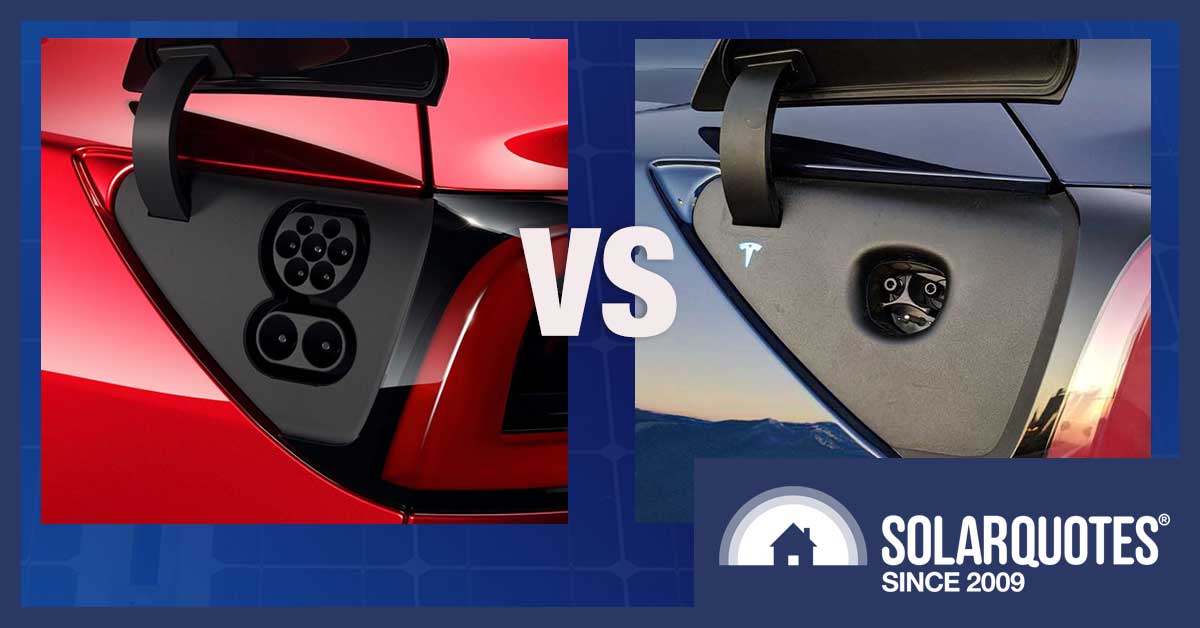
The Australian-adopted CCS2 charge port and Tesla’s NACS port.
In a welcome development for American EV owners, SAE International (formerly the Society for Automotive Engineers) has announced it will standardise Tesla’s North American Charging Standard (NACS) connector. But don’t expect Australia to follow suit.
SAE’s media release says:
“This will ensure that any supplier or manufacturer will be able to use, manufacture, or deploy the NACS connector on electric vehicles (EVs) and at charging stations across North America”
Many US automakers, including Tesla, Ford, General Motors and Rivian, and charger-makers are now adopting NACS vindicating Tesla’s decade-long, go-it-alone approach to EV charging connector design.
Why Australia Is Unlikely To Adopt NACS
It will be hard for Australia to move to Tesla’s connector for one reason: NACS cannot support 3-phase AC charging. NACS only has two pins for power delivery, whereas 3-phase charging requires four pins (3 lives and one neutral).
In Australia, we have adopted a standard called Type2/CCS2, which limits single-phase AC chargers to just over 7 kW. To charge your car faster with an AC charger in Australia, you need 3 phases allowing up to 22kW of charging speed.
In theory, NACS can deliver 22 kW on one phase, because it is rated to 277V AC and 80A. Power is voltage x current, and 277 x 80 = 22.16 kW. But to get the full 22kW would require stepping up the 230V delivered by the grid, and pulling 80A from a single phase, which is either over the limit of many residential supplies, or pushing the main breaker’s capacity.
There are technical solutions to this. The home charger (EVSE) could combine 3 phases of 26.6A into a single phase before delivering it through a NACS connector. The EVSE could also increase the voltage internally.
Why Tesla Designed Their Own Connector
The NACs connector is an elegant design. It uses the same two pins for charging with AC and DC, compared with the clunky Type2/CCS2 arrangement, which has separate pins:
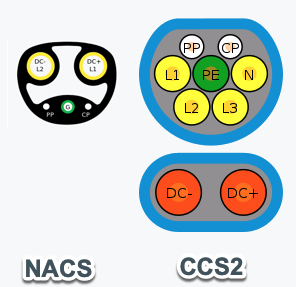
The Tesla NACS connector on the left, and the CCS2 connector we’ve adopted in Australia on the right
Anyone who has charged an EV in Australia will remember feeling shocked at the size of the CCS2 plug the first time they had to DC charge. It’s enormous and requires way more raw materials than NACS:
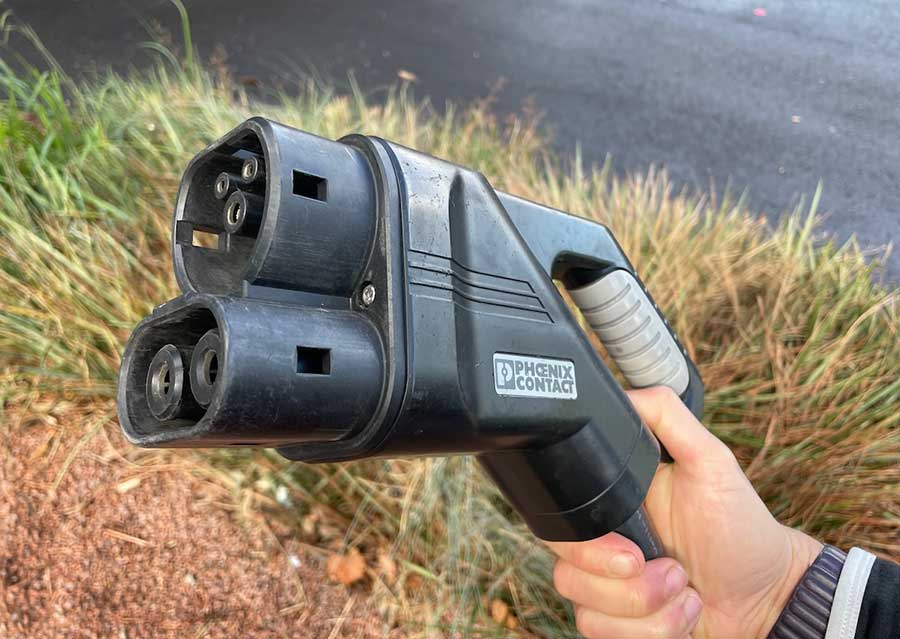
You need this huge plug for DC charging a recent EV in Australia.
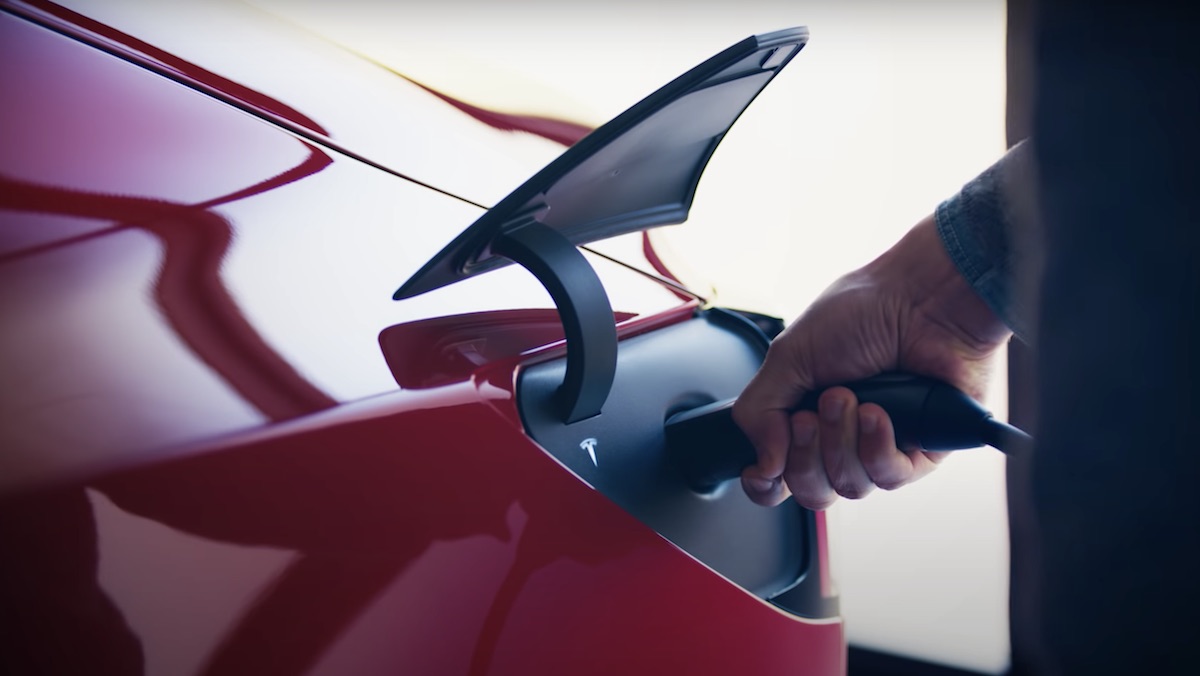
The NACS connector can DC charge in a much smaller package. Image: Tesla
The adoption of Tesla’s NACS connector by SAE International is a big win for American EV drivers, making charging hardware cheaper, and the charging experience simpler. But don’t expect to see it in Australia anytime soon. Our electrical infrastructure favours the Type2/CCS2 connector, and changing that over to NACS would be a right royal pain in the charging port.
If you want to understand EV charging in Australia, please be aware that we do things a little differently to the rest of the world. Happily, my EV Charging 101 guide gives you everything you need to know for low-stress charging at home and on the road.
Original Source: https://www.solarquotes.com.au/blog/nacs-connector-australia/



